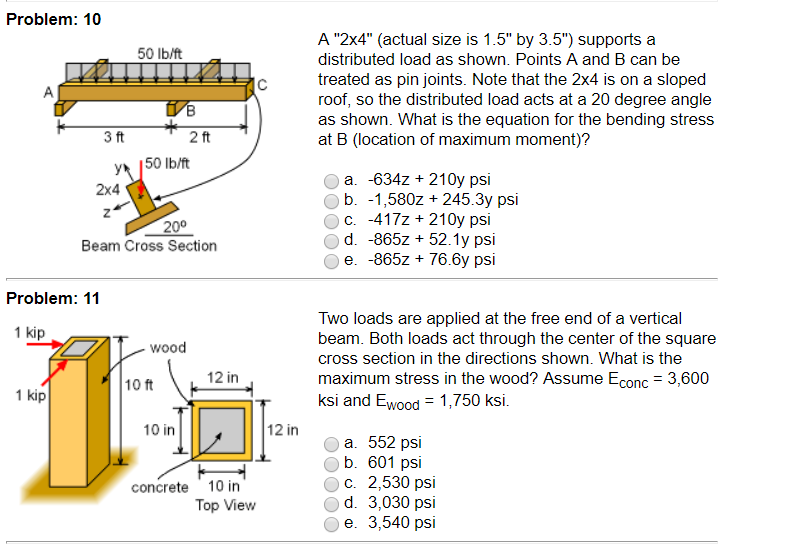

However, any large home improvement store should have dimensional lumber for sale. This is a regional thing, and really outside the scope of this SE. The following is a table describing common lumber sizes, and their actual sizes and weights (assuming the wood weighs 35 pcf). If so is there a common place to purchase this wood (B&Q, Wickes, etc)? During the finishing phase (includes drying and planing the board) the 2x4 has been reduced to 1.5' x 3.5'. There are various rules depending on the size of the member, so check out Table 1B of the NDS Supplement for Standard Dressed Size (of North American dimensional lumber, at least). For example, a 2x4 is actually 1.5" x 3.5" (38mm x 89mm) in cross-section. Common: 2-in x 4-in x 104-5/8-in actual: 1.5-in x 3. The industry has studied its marketing problems and concluded that thinner sizes of boards and dimension are desirable. Introduction Declining markets for lumber have been a source of grave concern for the lumber industry and the Forest Service. 2x4) is nominal, meaning that it's only the approximate size. decrease of standard lumber sizes over the period covered by this history. One weird thing about dimensional lumber is that the size (ex. A quick reference to common softwood sizes (and the actual dimensions) available from timber. I know from reading around that size wise this would roughly equate to the UK's 44 x 96 and 25 x 44 In lumber measurements this denotes a rather thick and heavy board, 2 by 4 (2 inches x 4 inches) (also 2x4) commonly used. Here is a convenient chart of nominal dimension lumber sizes and their actual dimensions: Nominal Measurement. Timber sizes of PSE PAR and sawn timber in table format. This question on DIY.SE also discusses this issue. When the board is first rough sawn from the log, it is a true 2x4, but the drying process and. There are plenty of instances where Imperial units are used in the UK instead of metric, and this is one case for that. 2x4s are not actually 2 inches by 4 inches.

If Paul Sellers is any yardstick for how things are done in the UK, you use a 2x4 in the same sense that Americans would.

The nominal 2x4 thus became the actual 1 x 3. Does the UK have a piece of wood that is universally commonly used for hobby / domestic projects that it is simple referred to by a common name and is this typically a suitable substitute for the US 2 x 4? Lumber can be referred to by its nominal size in inches, which means the actual size rounded up to the nearest inch or by its actual size in millimeters. Size standards, maximum moisture content, and nomenclature were agreed upon only as recently as 1964.


 0 kommentar(er)
0 kommentar(er)
